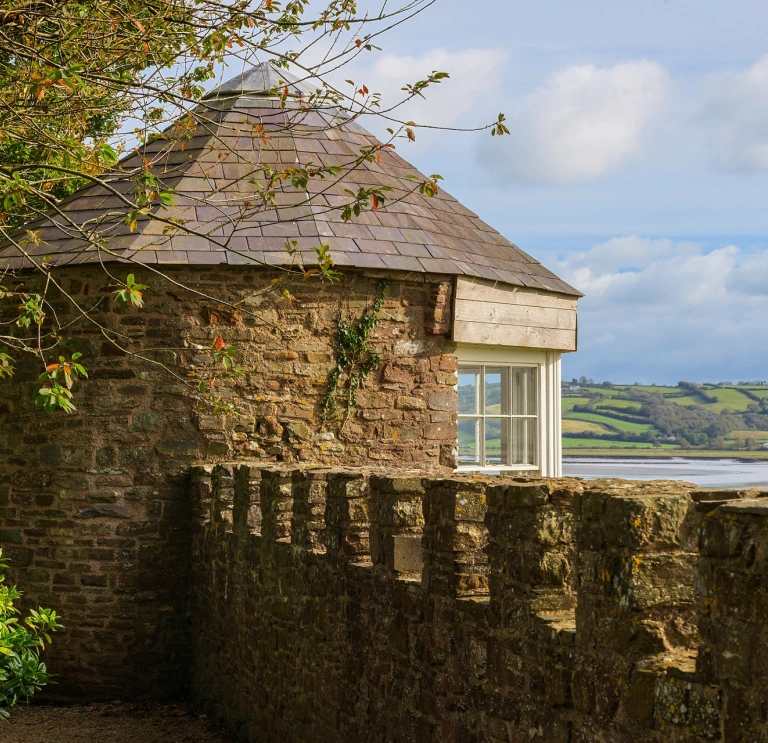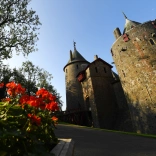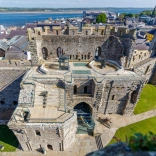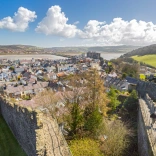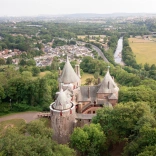Cadw has a range of majestic monuments on the north and south west coast to include in your client’s itineraries.
North Wales
The stunning castles built by Edward I toward the end of the 13th century, overlook the coast and hold World Heritage Site status.
First, visit Castell Conwy (Conwy Castle). Its castle and town walls were built in just four years. By climbing one of the tower’s spiral staircases, your clients will be able to walk around the battlement in a complete circuit, and take in the magnificent views of the marina.
Beaumaris Castle is the next stop. Known as the unfinished, ‘greatest castle never built’, the almost perfect symmetrical design, of walls within walls and concentric rings is partly surrounded by a moat.
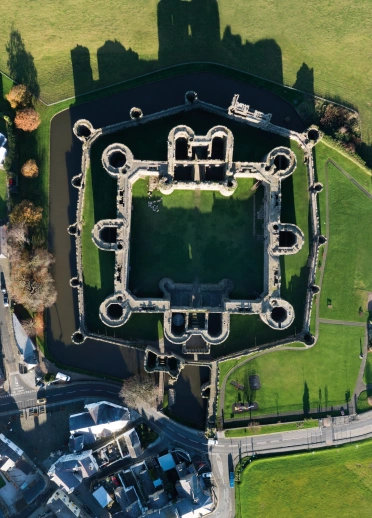
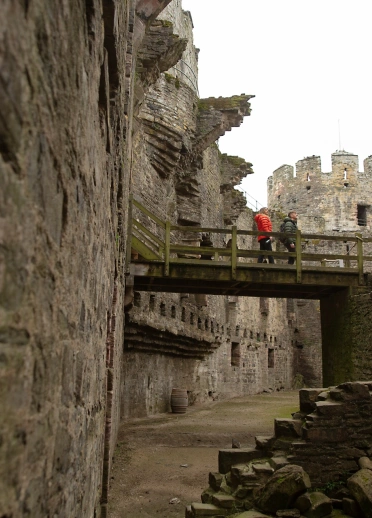
Continue to Castell Caernarfon (Caernarfon Castle), where King Charles was invested with the title of Prince of Wales in 1969. Its castle, town walls and quay took 47 years to build. The upper floors of the King’s Gate, upper levels, rooftop deck, and visitor centre are fully accessible, following refurbishment.
The last stop on the tour is Castell Harlech (Harlech Castle). Set high up on a sheer rocky crag, its views of the coastal dunes, golf course, and Eryri (Snowdonia) from the higher inner walls make for a spectacular setting. Built within seven years, the walls within walls design provided a natural defence.
See Cadw’s North West Wales itinerary for more information.
To extend the itinerary, your clients may wish to stop off at the spectacular Castell Cricieth (Criccieth Castle), built and destroyed by Welsh princes, before heading to Harlech.
Approximate distance: Conwy – Beaumaris – Caernarfon – Criccieth - Harlech – 67.5 miles (108.6 km)
Approximate driving time: 1hr 57min
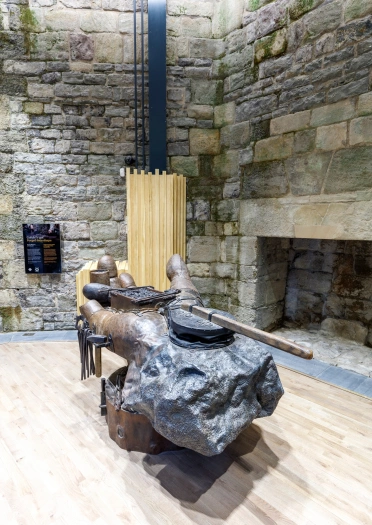
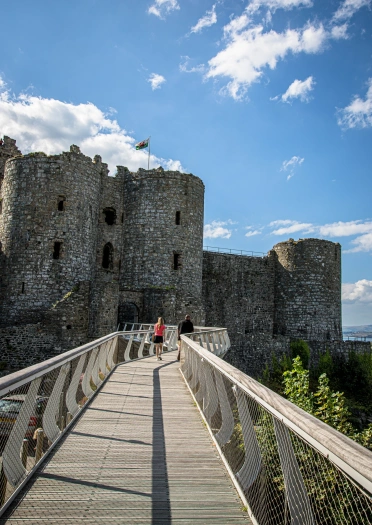
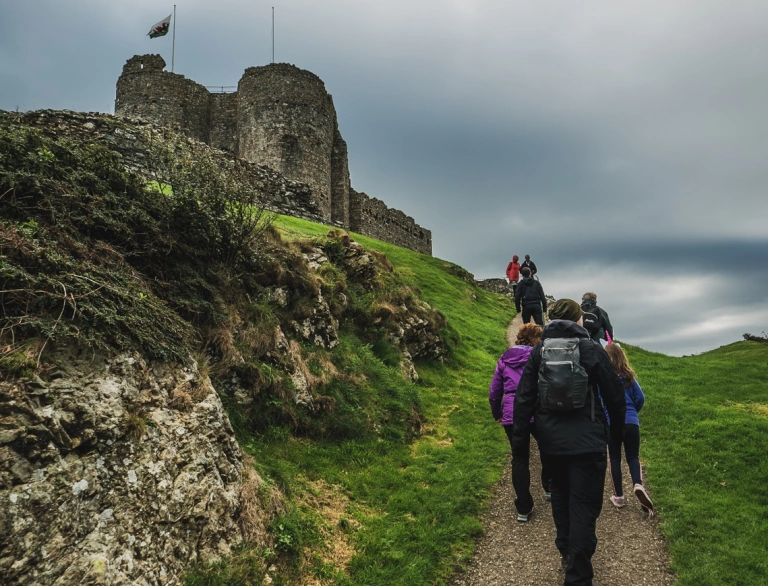
South West Wales
Start the tour along the coastal path at Kidwelly Castle. The half-moon shaped castle was once made of wood before it became a stone stronghold in the 13th century.
The next stop is Laugharne Castle, famous for its connection to the Welsh poet Dylan Thomas. The views and ornamental gardens are two of its highlights.
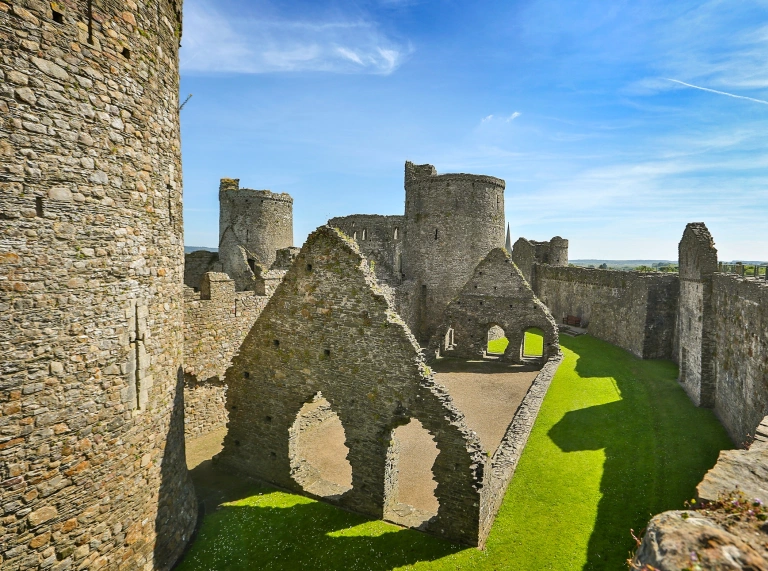
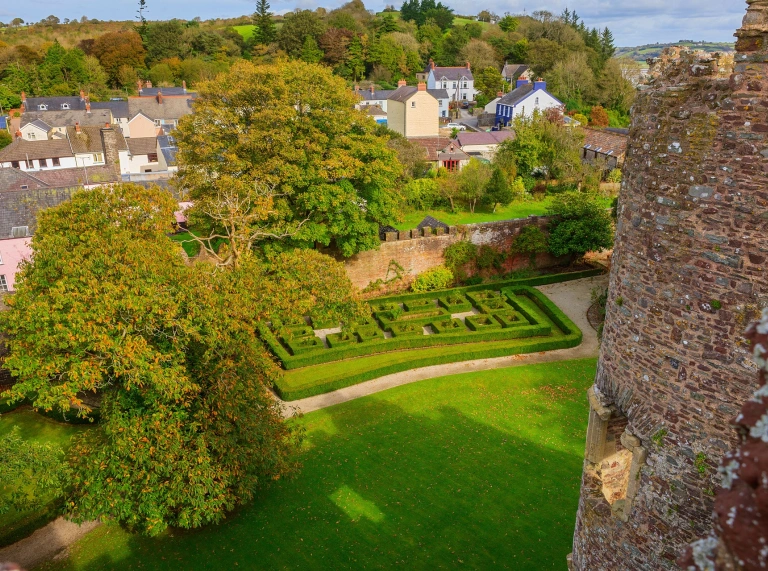
Continue to Lamphey Bishop’s Palace where medieval bishops would seek solace from the stress of their working lives. The inner gatehouse and great hall showcase the architectural achievements created in the 14th century.
End the tour at St Davids Bishop’s Palace located in the smallest city in Europe. Its carved stonework, décor and majestic porch are impressive. Both palaces were the vision of Bishop Henry de Gower.
See Cadw’s South West Wales itinerary for more information.
Approximate distance: Kidwelly – Laugharne – Lamphey – St Davids – 76 miles (122.3 km)
Approximate driving time: 2hr 8min
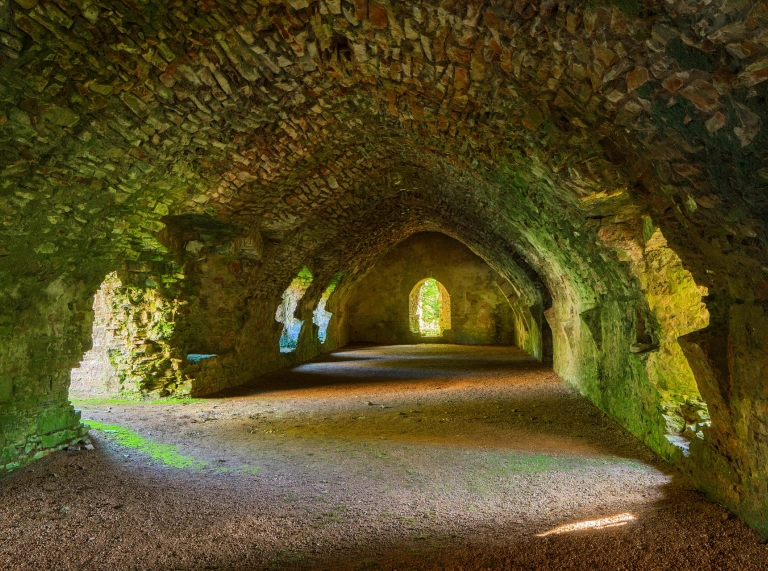
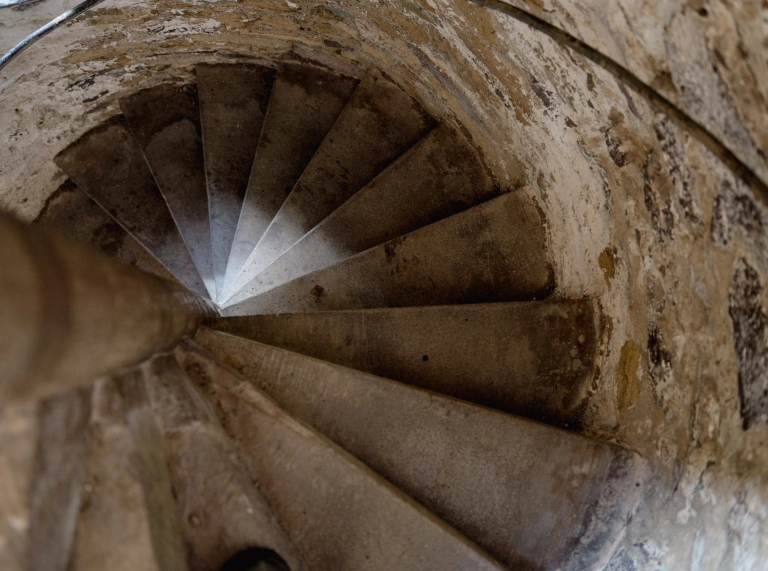
To extend the length of your clients’ coastal itinerary, Loughor Castle, Weobley Castle, Castell Llansteffan, the Carew Cross, Carew Castle and Tidal Mill (privately owned), and St Non’s Chapel could also be included.
All bookings for Cadw sites can be made online. Register for the Cadw Tour Operator Scheme to access preferential trade rates, priority booking, two complimentary places per group, invoicing following the visit, and Cadw trade newsletters. Travel Trade Explorer Passes can also be purchased at reduced rates for your clients. Visit Cadw’s Travel Trade page, contact the Cadw Commercial Team on +44 (0)3000 257182 or email cadwcommercial@gov.wales for more information.
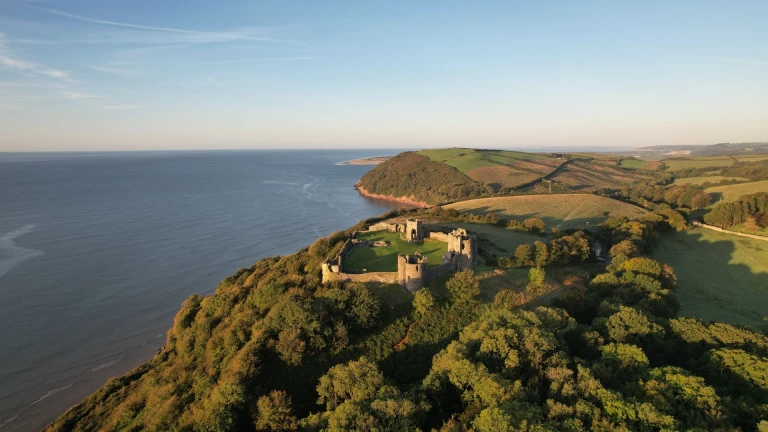
More inspiration and useful links
Castles and stately homes - a seven day itinerary
Haunted places in Wales - a seven day itinerary
Wales Coast Path - itineraries featuring Cadw historic places
Castles and Town Walls of Edward I
